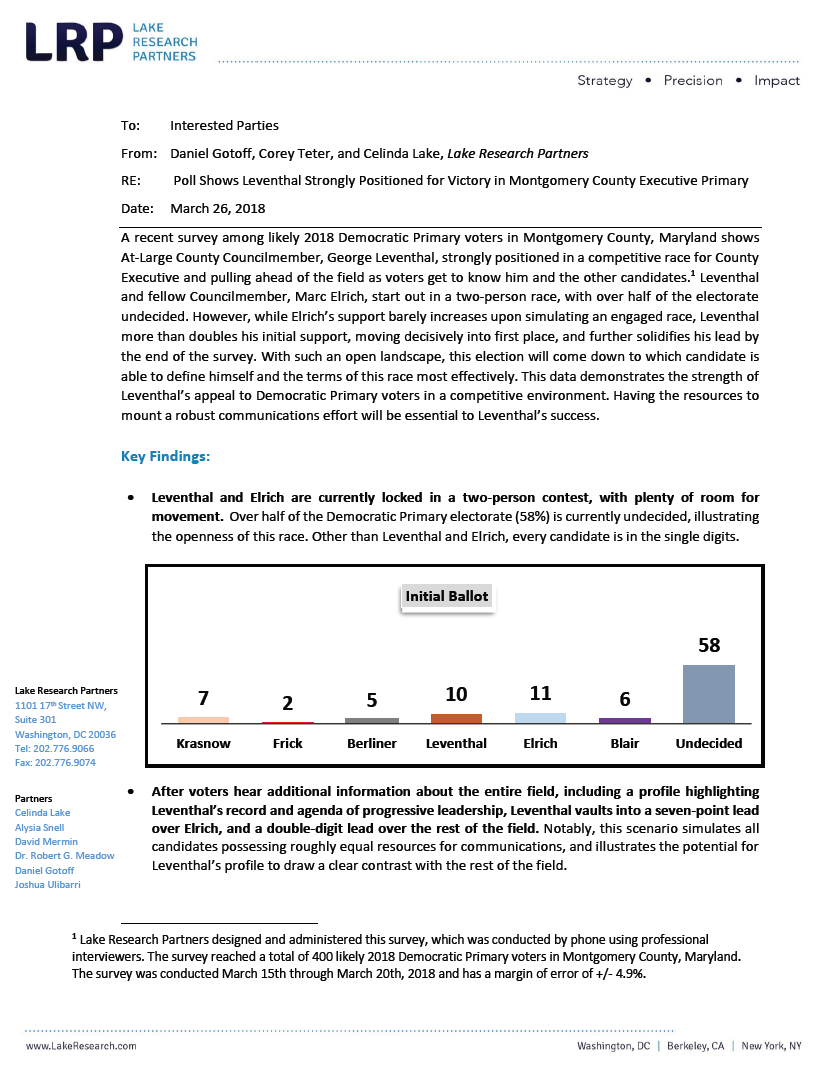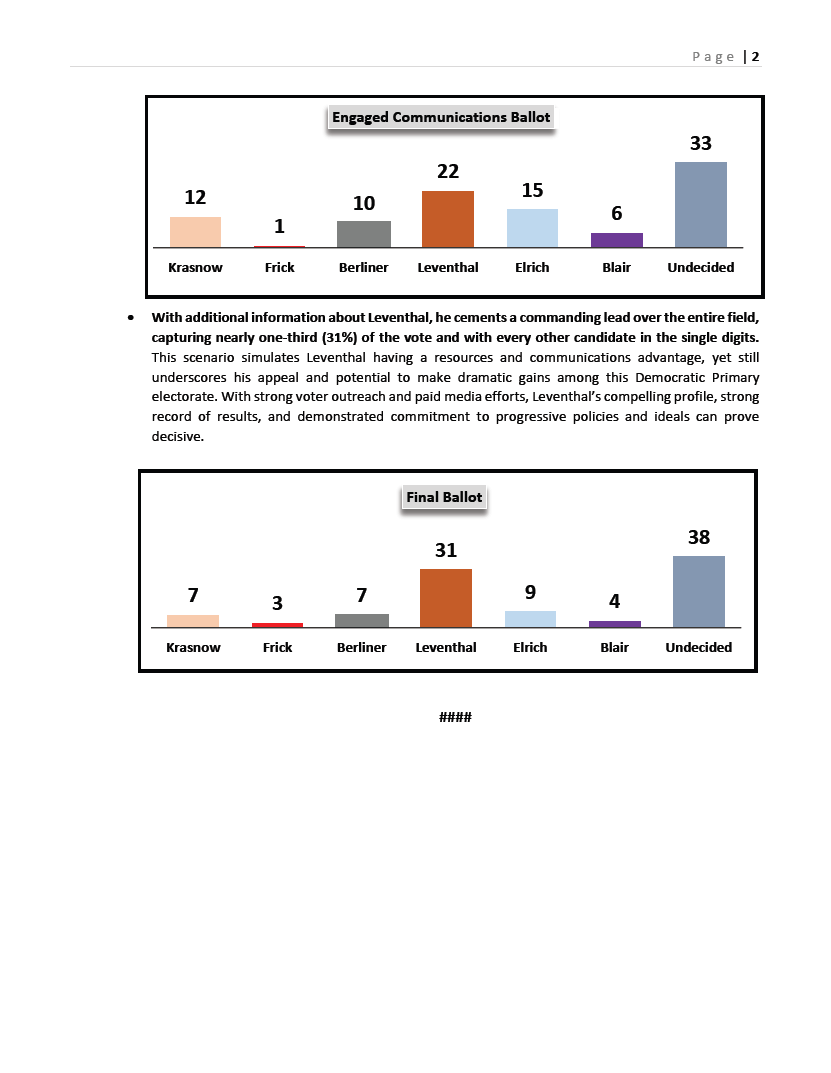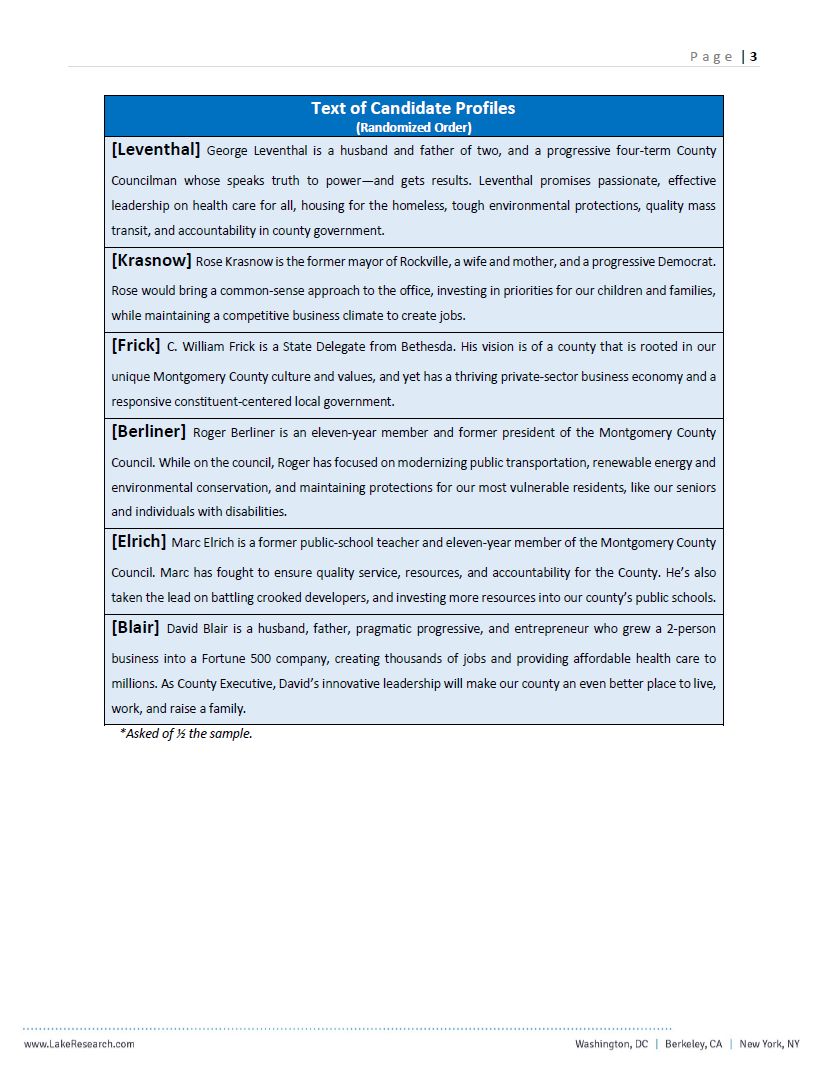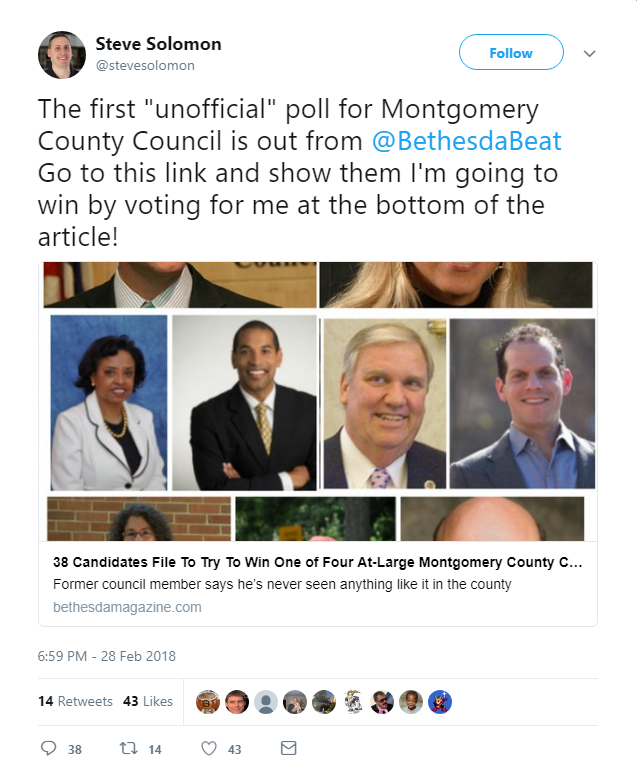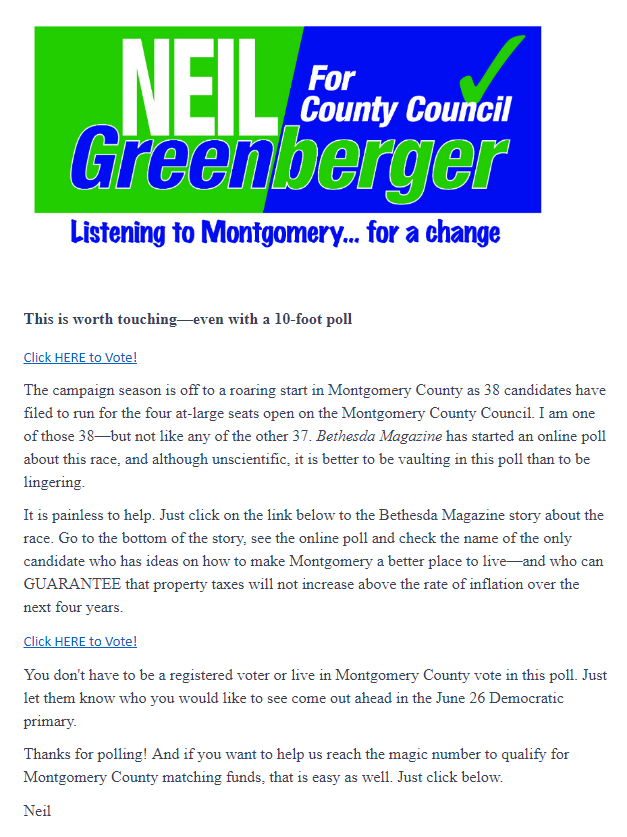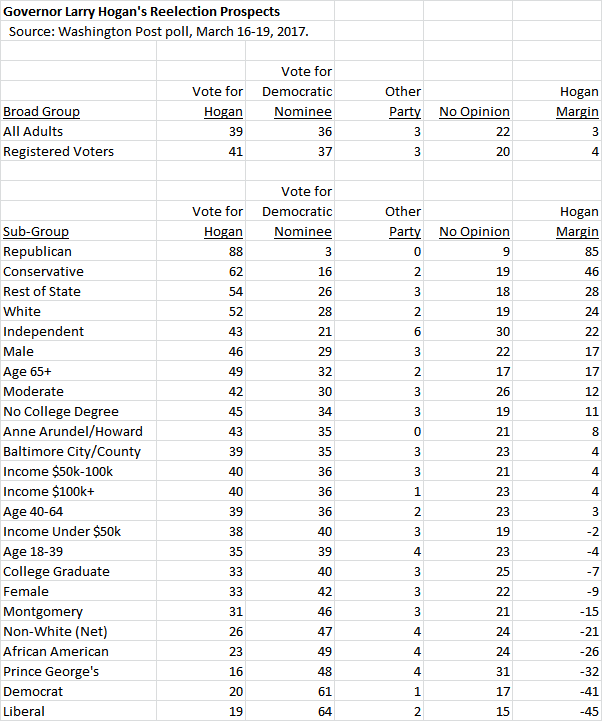By Adam Pagnucco.
Part One of Goucher College’s latest poll of Marylanders is out and it asks several questions related to the COVID pandemic. The accompanying crosstabs spreadsheet is also available. Here are the results for all voters along with two crosstabs of interest to Seventh State readers: statewide Democrats and residents of Montgomery and Prince George’s counties. (Because of the size and partisan nature of those two counties, there will be some overlap.) The margin of error is 3.8% for all voters and higher for subsamples.
Question: Do you [approve or disapprove] of how Governor Larry Hogan has handled the outbreak of the coronavirus in Maryland?
Answer from all voters
Disapprove: 21%
Approve: 77%
Sample size: 654
Answer from Democrats
Disapprove: 17%
Approve: 81%
Sample size: 351
Answer from MoCo/Prince George’s
Disapprove: 20%
Approve: 76%
Sample size: 232
Note: 32% of Republicans disapprove and 65% approve, so Hogan’s ratings on this question are better with Democrats than Republicans.
Question: Do you think Maryland is moving [too quickly or too slowly] to ease restrictions and reopen businesses, or has the pace been about right?
Answer from all voters
Too slowly: 25%
About right: 57%
Too quickly: 16%
Sample size: 654
Answer from Democrats
Too slowly: 13%
About right: 66%
Too quickly: 20%
Sample size: 351
Answer from MoCo/Prince George’s
Too slowly: 18%
About right: 64%
Too quickly: 16%
Sample size: 232
Question: Are public schools in your area moving [too quickly or too slowly] to reopen for in-person classroom instruction, or has the pace been about right?
Answer from all voters
Too slowly: 29%
About right: 36%
Too quickly: 31%
Sample size: 654
Answer from Democrats
Too slowly: 11%
About right: 41%
Too quickly: 43%
Sample size: 351
Answer from MoCo/Prince George’s
Too slowly: 19%
About right: 39%
Too quickly: 36%
Sample size: 232
Note: 65% of Republicans say the schools are reopening too slowly so there is a huge partisan difference on this question.
Question: Please tell me if you’ve experienced these feelings [more often, less often or about the same] as you did before the outbreak of the coronavirus last year… stressed.
Answer from all voters
Less often: 13%
About the same: 38%
More often: 49%
Sample size: 654
Answer from Democrats
Less often: 12%
About the same: 35%
More often: 53%
Sample size: 351
Answer from MoCo/Prince George’s
Less often: 15%
About the same: 30%
More often: 55%
Sample size: 232
Question: Please tell me if you’ve experienced these feelings [more often, less often or about the same] as you did before the outbreak of the coronavirus last year… frustrated.
Answer from all voters
Less often: 10%
About the same: 34%
More often: 55%
Sample size: 654
Answer from Democrats
Less often: 11%
About the same: 34%
More often: 55%
Sample size: 352
Answer from MoCo/Prince George’s
Less often: 10%
About the same: 34%
More often: 56%
Sample size: 233
Question: Please tell me if you’ve experienced these feelings [more often, less often or about the same] as you did before the outbreak of the coronavirus last year… angry.
Answer from all voters
Less often: 16%
About the same: 49%
More often: 34%
Sample size: 654
Answer from Democrats
Less often: 16%
About the same: 47%
More often: 36%
Sample size: 352
Answer from MoCo/Prince George’s
Less often: 15%
About the same: 49%
More often: 37%
Sample size: 232
Question: Please tell me if you’ve experienced these feelings [more often, less often or about the same] as you did before the outbreak of the coronavirus last year… sad.
Answer from all voters
Less often: 13%
About the same: 41%
More often: 45%
Sample size: 654
Answer from Democrats
Less often: 13%
About the same: 34%
More often: 53%
Sample size: 352
Answer from MoCo/Prince George’s
Less often: 13%
About the same: 36%
More often: 51%
Sample size: 233
Question: How concerned are you—[very, somewhat, a little, or not at all]—about yourself personally or a close family member getting the coronavirus?
Answer from all voters
Little/not at all: 28%
Very/somewhat: 71%
Sample size: 654
Answer from Democrats
Little/not at all: 17%
Very/somewhat: 82%
Sample size: 351
Answer from MoCo/Prince George’s
Little/not at all: 24%
Very/somewhat: 76%
Sample size: 232
Note: Among Republicans, 49% are a little or not at all concerned and 50% are very or somewhat concerned. Democrats are much more concerned about family members getting COVID than Republicans.
Question: When the Covid-19 vaccine is available to you, do you think you’ll get it as soon as you can, wait and see how it’s working before you get it, only get it if required, or are you definitely not going to get the Covid-19 vaccine?
Answer from all voters
Already received at least one dose / will get it as soon as they can: 67%
Wait and see how it’s working: 14%
Only get it if required / Will not get the vaccine: 18%
Sample size: 654
Answer from Democrats
Already received at least one dose / will get it as soon as they can: 71%
Wait and see how it’s working: 15%
Only get it if required / Will not get the vaccine: 13%
Sample size: 352
Answer from MoCo/Prince George’s
Already received at least one dose / will get it as soon as they can: 69%
Wait and see how it’s working: 18%
Only get it if required / Will not get the vaccine: 11%
Sample size: 232
Question: Overall, do you think the Maryland state government is doing a(n) [excellent, good, fair, or poor] job distributing the COVID-19 vaccine?
Answer from all voters
Poor / fair: 64%
Excellent / good: 33%
Sample size: 654
Answer from Democrats
Poor / fair: 62%
Excellent / good: 36%
Sample size: 351
Answer from MoCo/Prince George’s
Poor / fair: 72%
Excellent / good: 27%
Sample size: 232
Question: When do you think the country will get the outbreak under control and be able to return to normal: in the next month or two, by the summer, before the end of the year, later than this year, or never?
Answer from all voters
Next month or two / by the summer: 17%
Before the end of the year: 39%
Later than this year / never: 40%
Sample size: 654
Answer from Democrats
Next month or two / by the summer: 11%
Before the end of the year: 43%
Later than this year / never: 45%
Sample size: 351
Answer from MoCo/Prince George’s
Next month or two / by the summer: 11%
Before the end of the year: 44%
Later than this year / never: 43%
Sample size: 232

